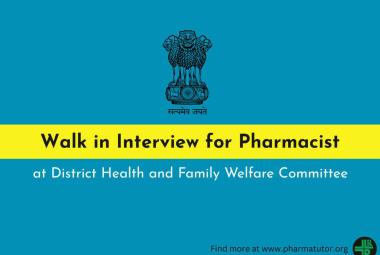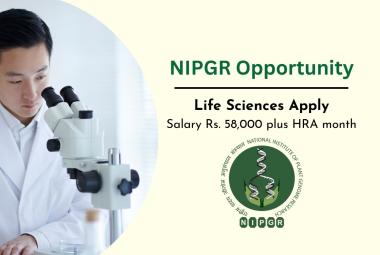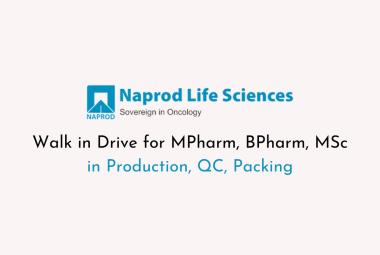 About Authors: Inder Kumar Makhija
About Authors: Inder Kumar Makhija
Department of Pharmacognosy,
Manipal College of Pharmaceutical Sciences,
Manipal University, Manipal-576 104,
Karnataka
ABSTRACT
The world is endowed with a rich heritage of medicinal plants. The use of medicinal agents presumably predates the earliest recorded history. Medicinal plants are widely used by traditional practitioners for various ailments. Lawsonia inermis (Lythraceae) commonly known as ‘Henna’is a well-known plant used in the Indian medicine. Various parts of this plant have been used in traditional Indian medicine. The plant has wide range of phytochemicals including lawsone, isoplumbagin lawsoniaside, lalioside, lawsoniaside B, syringinoside, daphneside, daphnorin, agrimonolide 6-O-β-D-glucopyranoside, (+)-syringaresinol O-β-D-glucopyranoside, (+)-pinoresinol di-O-β-D-glucopyranoside, syringaresinol di-O-β-D-glucopyranoside, isoscutellarin3β, hennadiol, (20S)-3β, 30-dihydroxylupane, lawnermis acid, 3-methyl-nonacosan-1-ol, laxanthones I, II, III and lacoumarin etc. The various in-vitro and in-vivo studies of L. inermis reported the plant to have antibacterial, antifungal, antiparasitic, antiviral, anticancer, antidiabetic, tuberculostatic, anti-inflammatory, antifertility and wound healing properties. This review discusses on the botany, traditional use, phytochemistry and pharmacological data of the plant.



 About Authors:
About Authors: About Authors:
About Authors:





